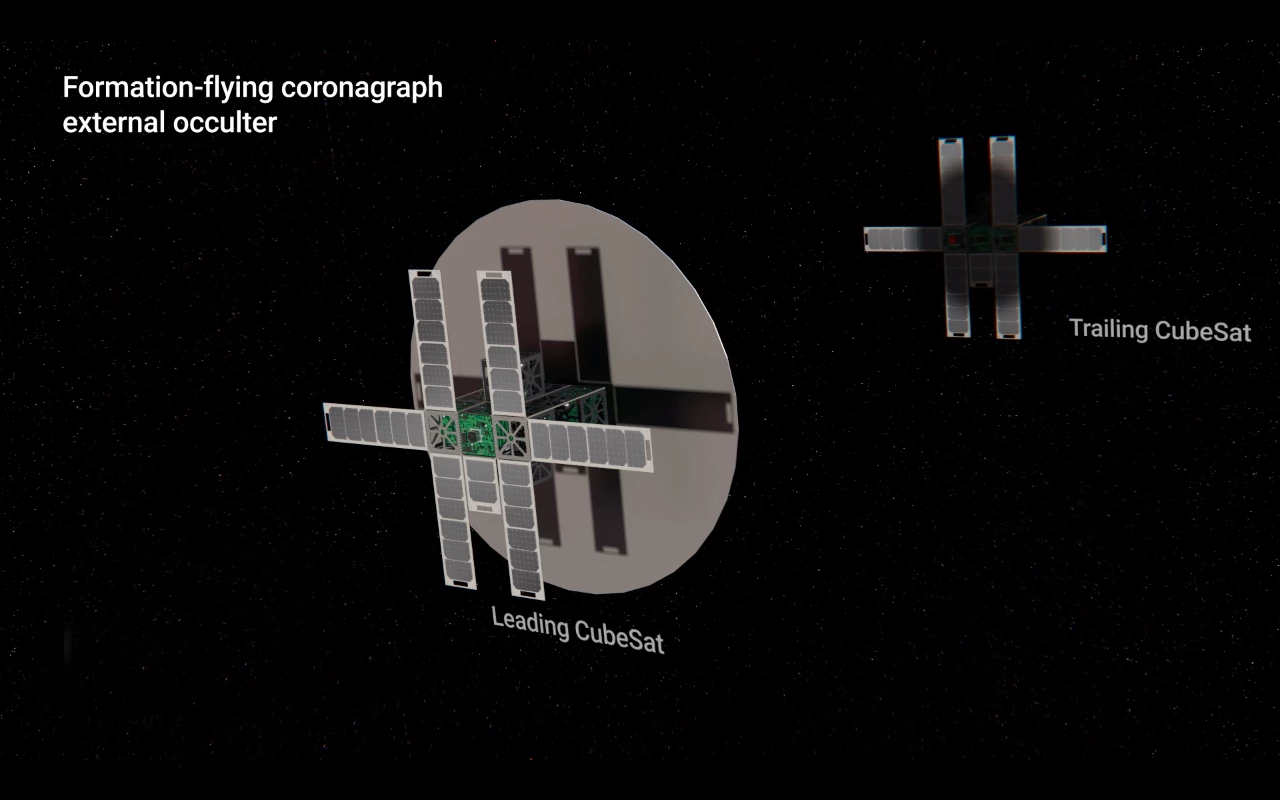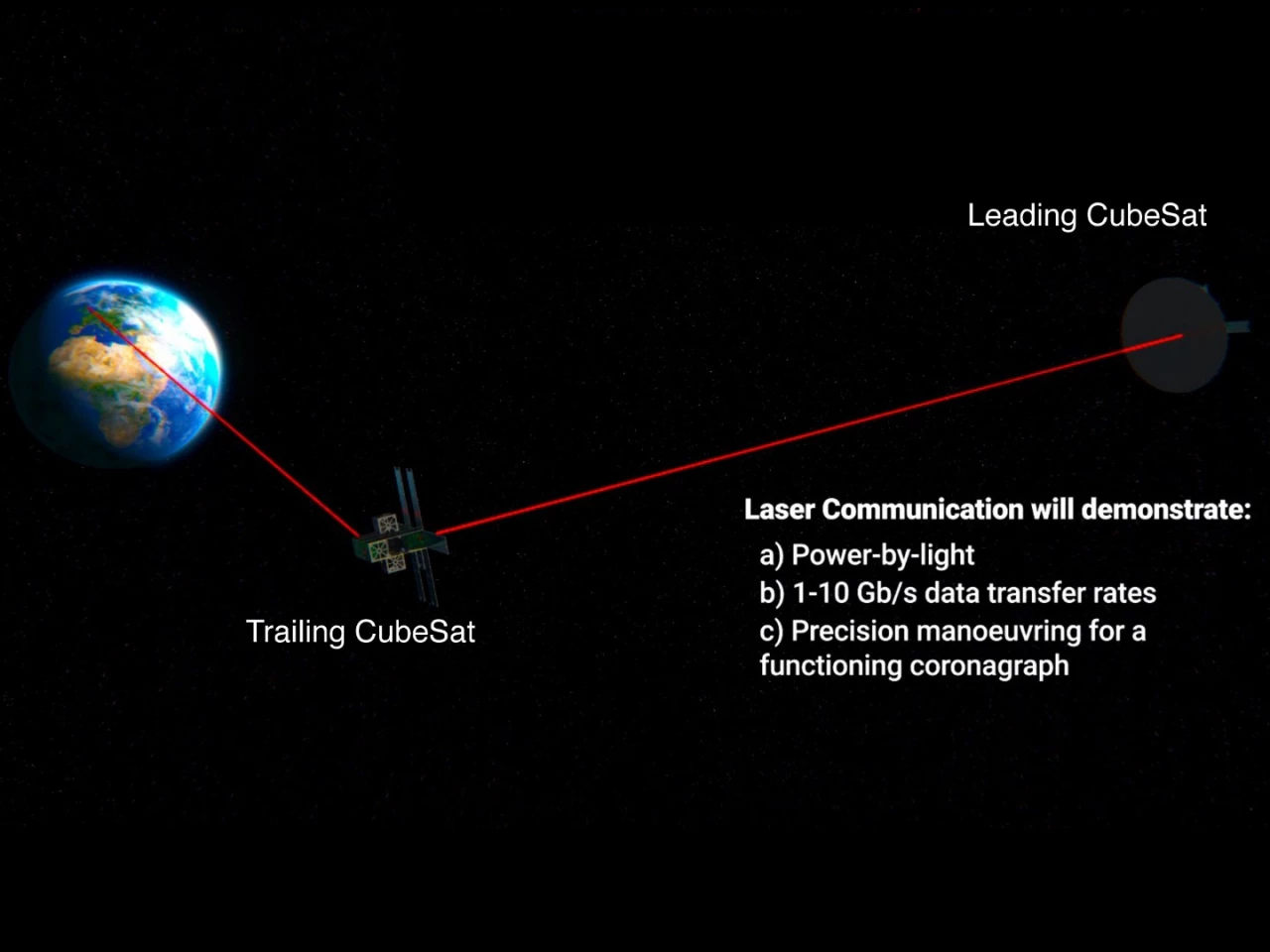At the National Astronomy Meeting in Lancaster, UK, Dr. Eamon Scullion of Northumbria University, revealed the mission plans for SULIS, a UK-led solar project designed to answer fundamental questions about the physics of solar storms. Employing a cluster of six small, formation-flying satellites known as CubeSats, the mission will directly measure the magnetic field of the Sun's corona for the first time.
Solar storms occur when solar flares trigger coronial mass ejections – massive magnetic clouds of charged gas. When these charged particles interact with our upper atmosphere, we get the stunning Aurora Borealis and Aurora Australis – otherwise known as the Northern and Southern Lights respectively – but they can also do a lot of damage.
Solar weather events can cause radio blackouts, disrupt mobile phone networks, damage satellites and more. In fact, they're such a risk that military, energy, aviation, and transport sectors all need to plan for the potential problems they might cause.
"Solar storms are unavoidable," says Dr. Scullion. "But with SULIS we will learn about their basic building blocks in order to more accurately forecast when the next 'big one' will arrive. Having advanced warnings will enable us to take steps to minimize the impact."
The magnetic field of the Sun's corona is incredibly important to our understanding of the solar atmosphere, and in turn, solar weather, but it's one of the least explored phenomenon in this field. Currently, monitoring of space weather is performed by two aging scientific missions, SOHO and STEREO, and so the SULIS mission was born.
SULIS is named after a Celtic Sun goddess, and also happens to stand for Solar cUbesats for Linked Imaging Spectropolarimetry. SULIS instruments will employ three pairs of synchronized satellites, which will fly in a cluster formation at different vantage points, enabling a true 3D perspective. Using high-definition sensing, it's hoped that SULIS will reveal the composition of the charged gas clouds, their density, speed and – most importantly – their potential threat to Earth.
Each pair of satellites make up a coronagraph, with one serving to eclipse the Sun from the other so that the properties of faint coronal light can be detected and measured. This set-up requires precise alignment of each satellite, and as such, the SULIS mission will be testing technology which makes precision maneuvering of cluster satellite formations possible.
The SULIS mission will also demonstrate and evaluate laser communications – used to transfer data from the small, 90-cm (35-in) CubeSat satellites – as well as a method of transferring power from one satellite (the one exposed to the most sunlight) to its shadowed partner via laser.







